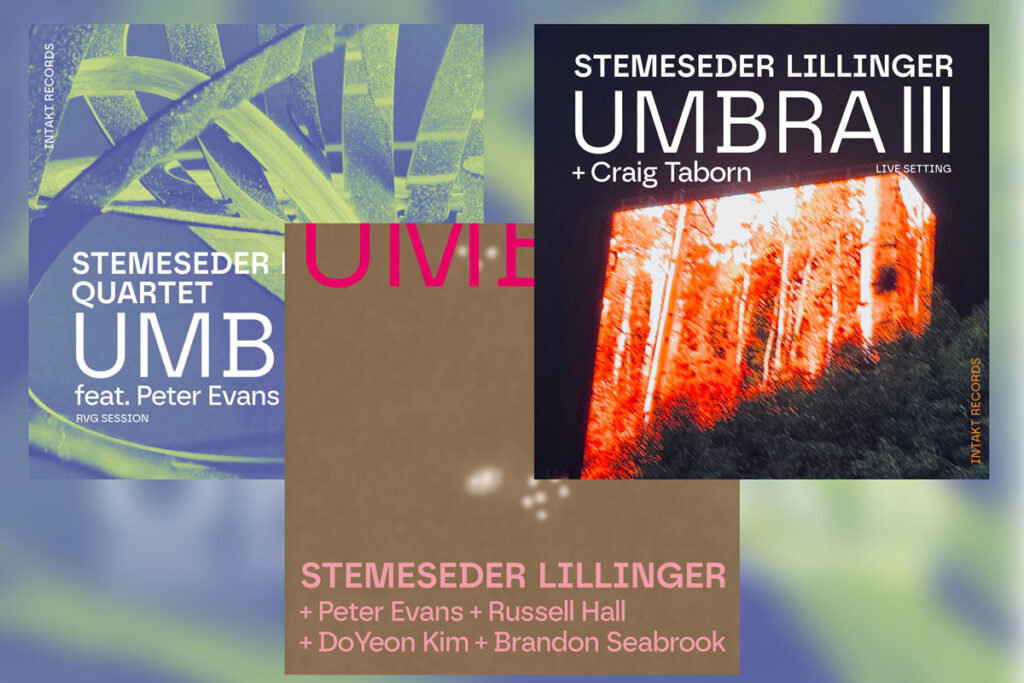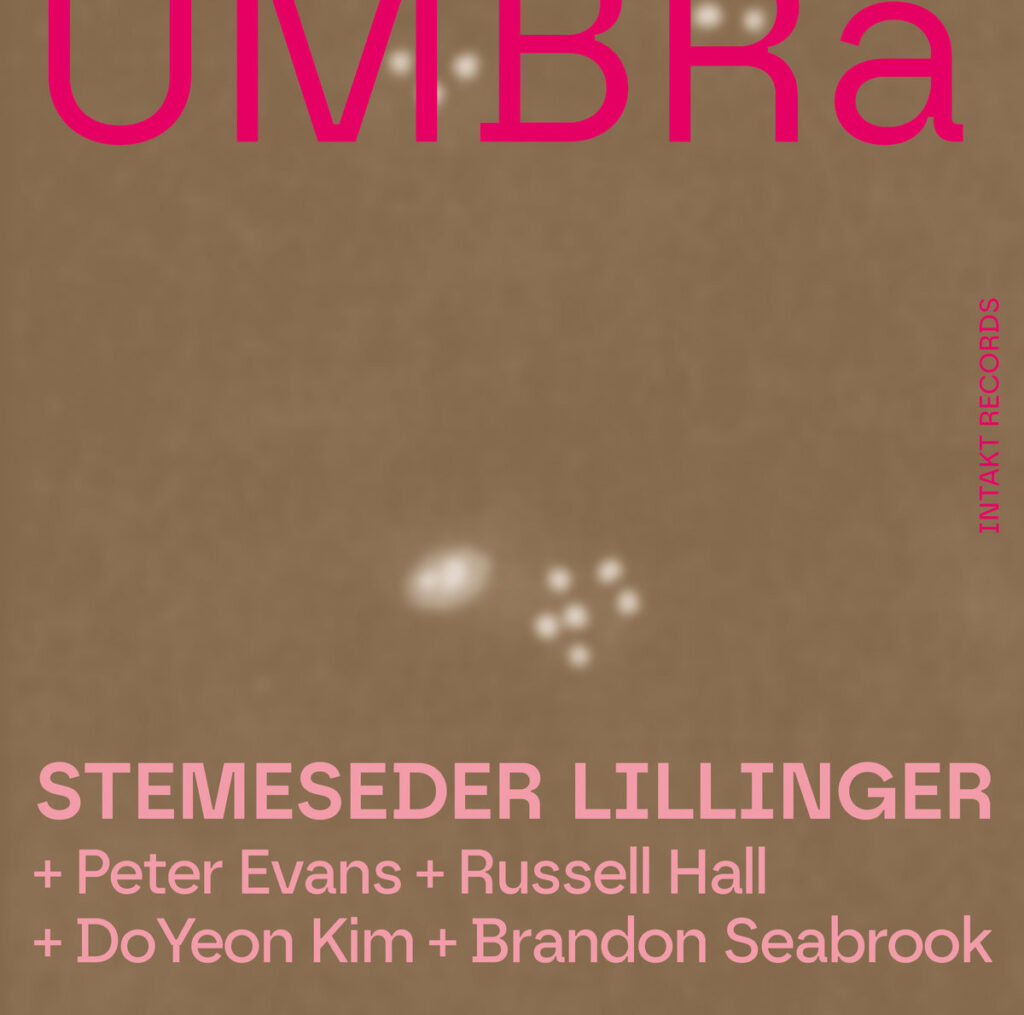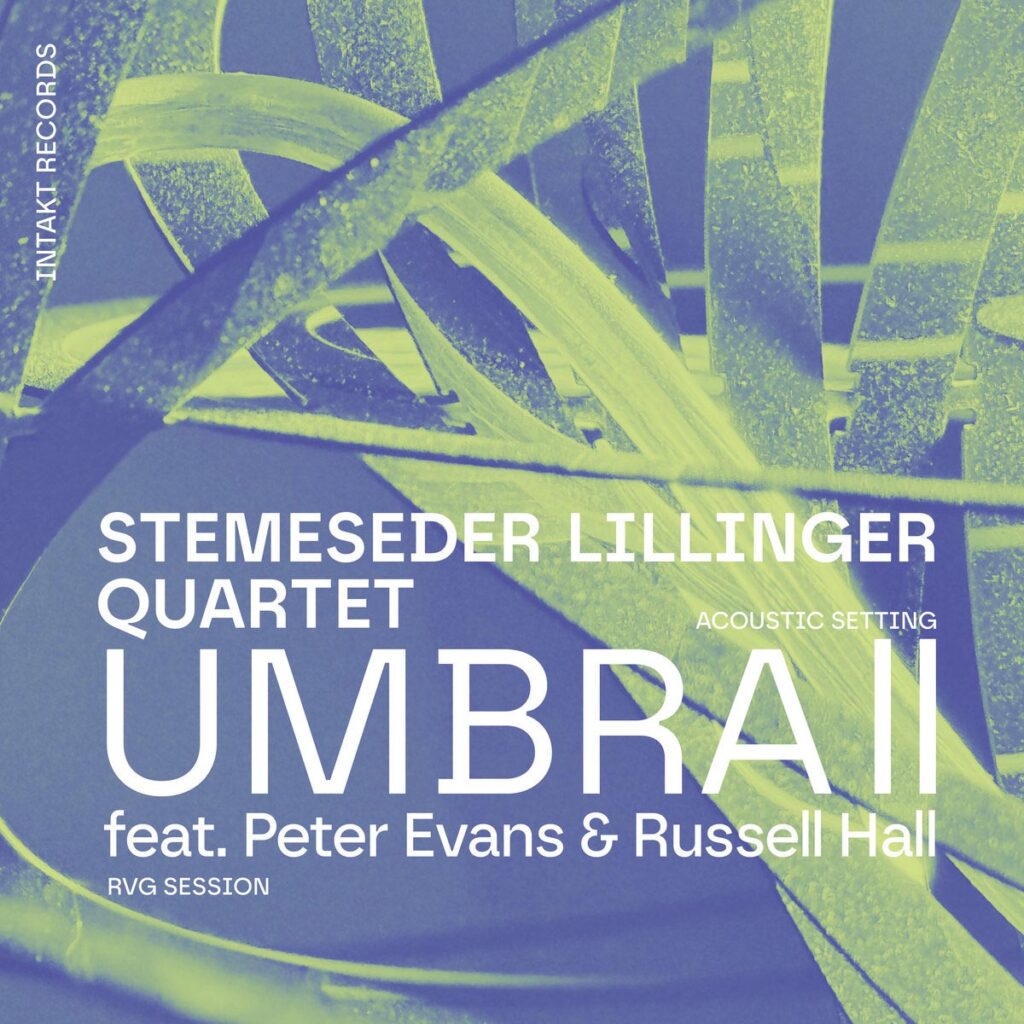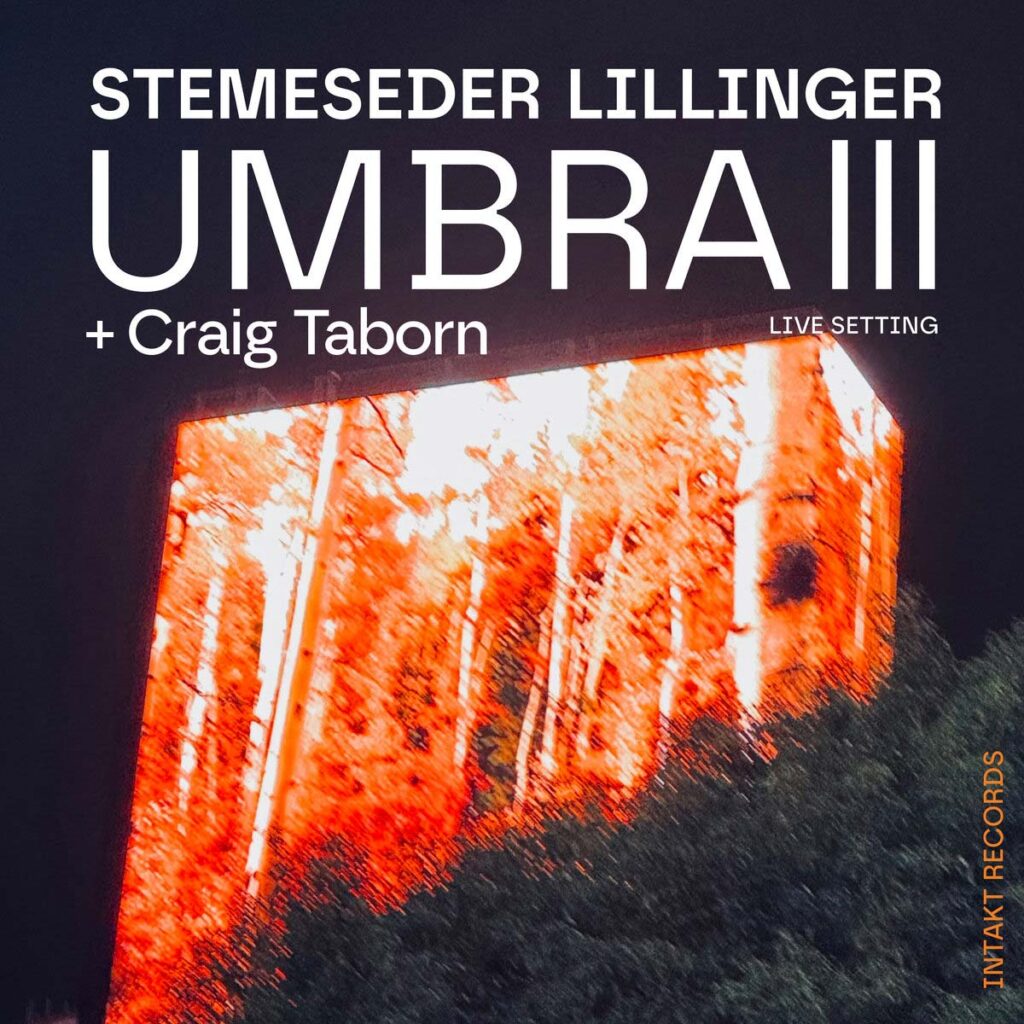Between Acoustic Sound Research and Electronic Anchoring – Stemeseder-Lillinger and the Umbra Trilogy
Contemporary music is an endless game of organized freedom, pushing the limits of what is possible, pulsing through every fiber of the body with structured nervousness in its most successful moments. Sound becomes the medium that unites opposites: the contemplative and the unsettling, thought and feeling. Few can demonstrate this better than pianist Elias Stemeseder and drummer Christian Lillinger, who, with shifting collaborators, let themselves drift along this meandering path of structured freedom, making the unheard heard. The two once described their artistic approach as: “It’s a continuous process in which material and creator remain in constant dialogue.”
When the duo expands into a trio or a quartet, the dialogue becomes more complex. The added material demands even greater sensitivity to communication, allowing the interplay of composed material and improvised spontaneity to shape coherent formal processes. This is the foundation of the “Umbra mode” within their musical cosmos, which the two describe as a “modular ensemble structure with guest musicians.” With Umbra I, Umbra II, and the current Umbra III, they present a trilogy that explores the tension between experimental sound art, jazz tradition, and electronic avant-garde – each album with its own focus, all tied together by a rigorously designed, musically reflective concept.
Umbra I – Open Forms, Strange Colors
Umbra I is the most open, the most decentralized work of the series. In ten sound studies, the duo, together with guests Brandon Seabrook (banjo), DoYeon Kim (gayageum), Peter Evans (piccolo trumpet), and Russell Hall (bass), explores unheard-of sonic potentials. Particularly striking is the use of the gayageum, a traditional Korean zither, whose metallic shimmering tones shift between percussive attack and melismatic flexibility. Its resonant body lends the music an East Asian hue that never slips into folklore – it becomes part of a multilayered, global sonic context.
Beyond the unusual instrumentation, subtle electronic manipulation is also central to Umbra I. Stemeseder employs digital techniques of distortion to stretch, shift, and unsettle the acoustic space. These are not surface-level effects, but microtonal displacements, spatial dissonances, and slight ruptures in texture that create a sense of constant movement and instability. The electronics are not an add-on, but an integral part of the compositional thinking – a tool that sharpens the fragile balance between materiality and abstraction.
The result is music that resists classification – too free for jazz purists, too structured for free improvisation, too challenging for a broad audience. And therein lies its power: Umbra I is a radical rejection of convention, an open form that doesn’t reconcile the disparate but makes it productive.
Umbra II – Tradition Under Tension
With Umbra II, the circle closes without repeating itself. Again with Peter Evans and Russell Hall, now as a quartet, the duo turns to a more acoustic sound world. Recorded at the legendary Van Gelder Studio, history resonates not only in the space but in the music itself, infused with echoes of jazz tradition. Unlike its electronically shaped predecessor, this recording is entirely acoustic – yet the imprint of electronic techniques lingers. Their approach to space, texture, and dynamics still bears the mark of digital manipulation – you hear in the structure what once lay in the effects.
The music is more compact, denser, but not smoother, even though its jazz inflections feel familiar. The tensions are not resolved but pushed beneath the surface. Umbra II demonstrates that radicalism can also thrive within “classic” band contexts – not as gesture, but as attitude.
Umbra III – The Future Is Open
With Umbra III, a new chapter unfolds – more intense, denser, yet even more open. The recording was made live under pandemic conditions in 2021 at the Saalfelden Jazz Festival, with Craig Taborn joining as the third voice. Where Umbra II still drew from the resonance chamber of bop, Umbra III embodies complex intertextuality: European and American avant-garde encounter one another not as opposites, but as multi-voiced reference fields.
This is music fueled by friction. In the meeting of Taborn’s and Stemeseder’s pianistic worlds – enhanced by harpsichord timbres – and Lillinger’s percussive energy, a constantly shifting three-part fabric emerges. Lines run in parallel, rub against each other, repel, briefly converge, only to drift apart again. There is no resolution, no “solution” – only processes.
Umbra III shows how, in a moment of global uncertainty, musical energy can create utopian spaces. The music dances on the edge of comprehension, yet remains viscerally tangible. Sound here is not just motion, but a living structure in perpetual transformation. The opposites – acoustic/electronic, composed/improvised, structured/chaotic – are not dissolved, but deliberately exposed.
Sound as Possibility
Taken together, Umbra I–III form a kind of musical triptych about the tension between structure and freedom, sound and gesture, past and present. Not a project of repetition, but of difference. Or, in the words of philosopher Ernst Bloch, a constant “simultaneity of the non-simultaneous.”
At a time when stylistic certainty is often valued more highly than artistic risk, Stemeseder-Lillinger – and their guests – send a powerful signal: that new music doesn’t have to be pleasing to move us. And that the avant-garde – whether rooted in acoustic or electronic foundations – is, in its most radical moments, always a question of attitude.
Stemeseder-Lillinger and Guests – Umbra I–III
Label: Intakt Records
Format: CD, DL 16/44





